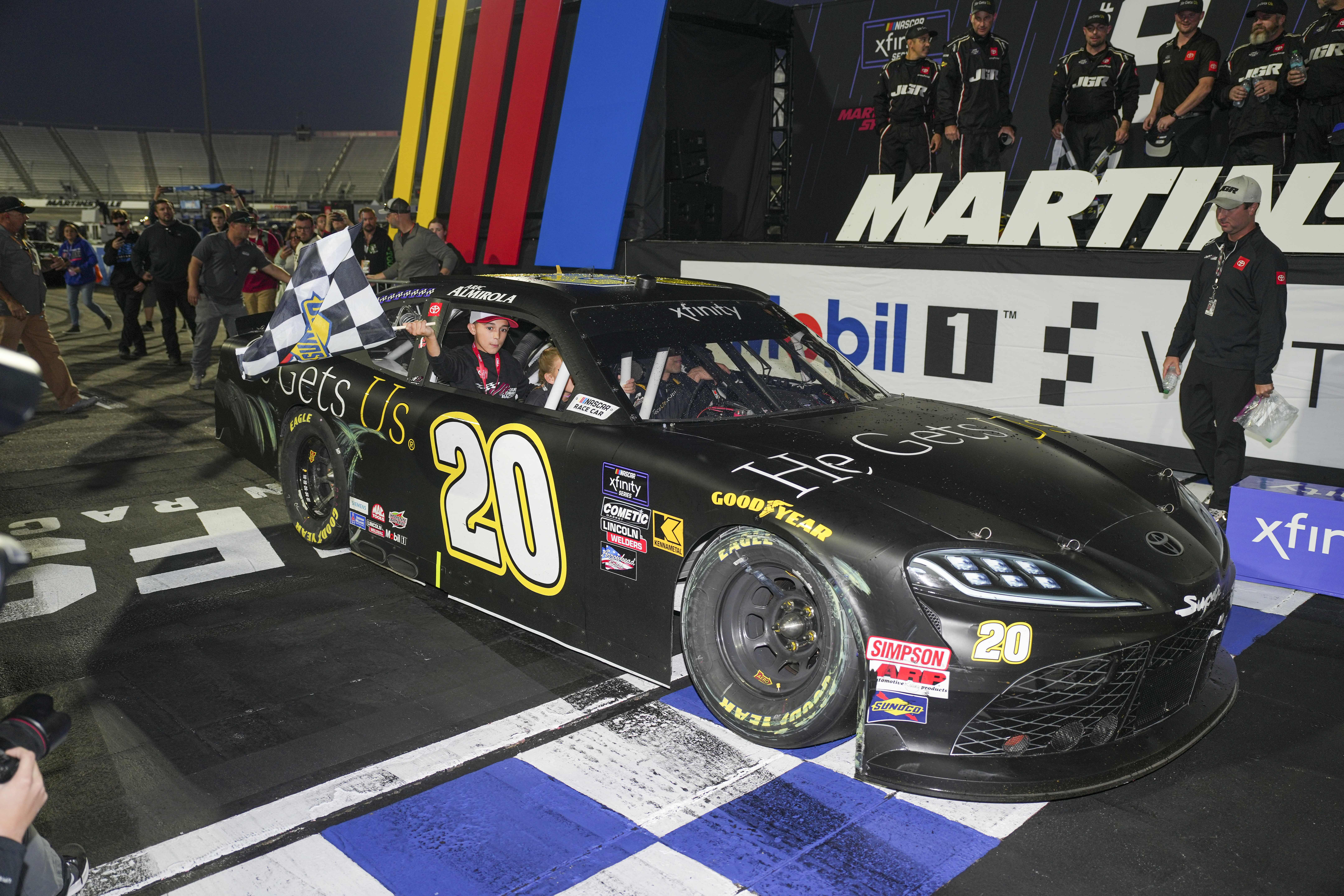NASCAR’s landscape is changing in major ways as the sport adjusts to new technology, addresses sustainability, and attempts to broaden its fanbase. But as we take a look towards the future, here’s what to expect in the future of NASCAR.
Embracing Electric and Hybrid Technologies
In a way, NASCAR still maintains its legacy while heading towards electrification. NASCAR recently unveiled an electric prototype built with partners like Chevrolet, Ford, and Toyota. It contains a 1,000 kW powertrain and an all-wheel drive system. It also impressively comes with regenerative braking, which makes it competitive on short tracks and road courses.
NASCAR has taken a hybrid-ready approach with the Next Generation car. The modularity of its design makes for an easy conversion to hybrid or fully electric configurations. That flexibility would allow NASCAR to work in hybrid technology without major changes. It could also give them the high performance feel fans love while also keeping costs in check.
NASCAR has ambitious goals beyond racing, and sustainability is a part of that. It plans to reduce its operational carbon footprint to zero by 2035. Partnering with ABB will help support these efforts by utilizing electrification solutions like, EV Charging stations at tracks. While NASCAR is not going full electric yet, its steps show a clear path of balancing eco friendly practices with thrilling motorsport.
Related: 10 Steps to becoming a NASCAR driver in 2024
Expanding Diversity and Inclusion Efforts
NASCAR is actively working to make the sport more inclusive with an eye toward promoting diversity and inclusion going forward. In particular, the Drive for Diversity program has been playing an important part in increasing representation. NASCAR is doing this by developing talent from all backgrounds and by bringing in new fans. Bubba Wallace, Rajah Caruth or pit crew member Brehanna Daniels are now role models for women and minorities to further fuel the sport.
Following the 2020 Confederate flag ban pushed by Bubba Wallace, NASCAR is working to change this for the better and make its space more inclusive for fans. This move removed a huge barrier to many who were excluded from NASCAR because of its historical associations. NASCAR has also had more engagement from fans of different backgrounds, all with a more open environment. Programs like Bubba’s Block Party create opportunities to learn about the sport and prove that the future of NASCAR is about consistent outreach.
And in the future, the organization plans to continue expanding to places like Chicago, where its first-ever street race took place in 2023. That’s a move to reach people who have potentially never seen the sport. NASCAR is trying to diversify its fan base with consistent efforts as the US population is increasingly getting diverse. A more inclusive NASCAR could ultimately entail more on-track representation, in the stands and beyond racing as a whole.
Related: 10 best NASCAR drivers of all time
Modernizing Fan Engagement and Media Platforms
As NASCAR embraces digital transformation, the future of the sport from a modern point of view in the area of fan engagement and media platforms seems promising. To keep in touch with fans, the organization is using social media and streaming services to mingle with them in fresh and interactive ways. For example, virtual racing with eNASCAR and interactive content provides fans an opportunity to be enveloped deeply in their favorite drivers and teams’ experience, going beyond traditional television broadcasts.
One way to incorporate in-race social media is to create updates and provide real time interaction with fans. With the aim of luring a tech savvy crowd, NASCAR is trying to widen the fanbase. Moreover, streaming partnerships such as Netflix with the docuseries Full Speed are important to help broadcasters make the sport more available to younger viewers who primarily want to watch a sport on a digital platform over traditional cable.
NASCAR looks forward to working on attracting younger and more diverse fan bases. The strategy also includes promoting younger drivers on social media, which has already worked. For example, social media followers for drivers such as Bubba Wallace and Chase Elliot have grown greatly.
Success in the years to come may be a matter of the sport’s ability to adapt to digital trends.
New Racing Venues and Global Ambitions
NASCAR is bracing itself to overhaul its future, exploring new venues and worldwide aspirations. The recent Chicago Street Race, Grant Park 220, serves as the first move into urban racing. While the event overcame some weather issues, it managed to suck in a new fan base: approximately 80% of attendees were first-time NASCAR spectators. On television, the race made incredible ratings, especially in the Chicago area, which shows that street races can engage new audiences.
Ultimately, NASCAR hopes to reap benefits from this success by looking at other cities, specifically the Northeast, Pacific Northwest, and Canada and Mexico in particular. It’s part of a broader strategy to diversify its fan base and make the sport more accessible to urban populations without traditional racetracks nearby.
NASCAR is looking forward toward exploring international markets and its goal is to going beyond North America. The immediate future holds more temporary races in high-profile cities but the organization also considers how to gain worldwide appeal for NASCAR. Core tentpole events will continue to be maintained alongside the integration of unique racing formats to help keep interest alive throughout the long season.

